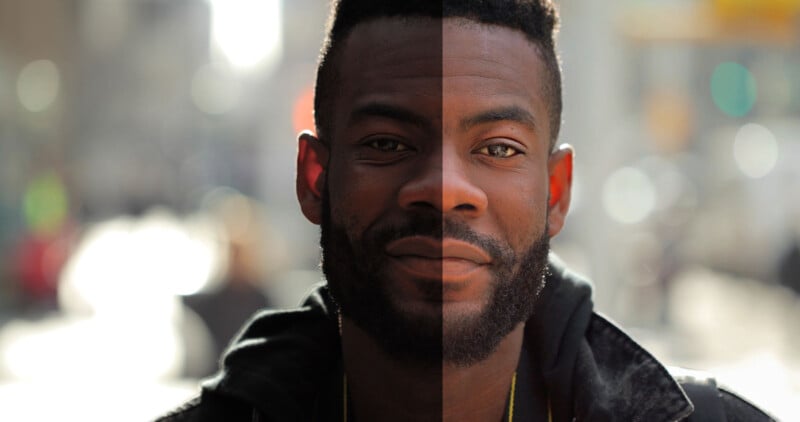Radiant Photo 2 Uses AI to Improve Image Editing Without Taking Control from Photographers
![]()
Radiant Imaging Labs announced the launch of Radiant Photo 2, the latest major release of the company’s photo editing software built to preserve color and help photographers get the most from their images.
Like its predecessor, Radiant Photo 2 relies heavily upon artificial intelligence (AI) to make every pixel in a photo pop. However, unlike some photo editing applications, Radiant Photo 2 does not use any form of generative artificial intelligence. The software does not add anything to a photographer’s images but instead uses AI to make it easier to improve what already exists.
![]()
“Our goal is simple: to make your existing pixels the best they can be while keeping you in complete control of your image,” Radiant Imaging Labs says.
Speaking of the company, it’s helmed by well-known travel and landscape photographer Elia Locardi, who knows first-hand how important it is for photographers to not only make their images look as good as possible but retain complete creative control throughout the entire process.
![]()
![]()
![]()
“Photographers deserve tools that don’t just meet standards — they raise them,” Locardi adds. “Radiant Photo 2 is designed to do exactly that. By intuitively understanding each photo — its lighting, subject, and background — it delivers results that are both precise and effortless. It’s more than editing software; it’s a tool built to empower photographers and creators to achieve their best work without compromise.”
![]()
![]()
The software’s AI tools tie directly into what Locardi says about the software “understanding each photo,” as Radiant Photo 2 utilizes intelligent scene detection to enable faster, better editing. The software automatically detects the type of scene, such as landscape or portrait, and adjusts the image accordingly. The application provides users direct access to a curated selection of Develop Settings that fit the photo type for each type of scene.

For example, within the Portraiture workflow, Radiant Photo 2 includes 10-point skin tone detection, intelligent color-cast correction, and dedicated scene modes for studio, environmental, group, and outdoor portraits. Radiant Photo 2 includes new portrait tools such as Face Light, which is designed to lighten faces in a portrait photo naturally. Radiant Imaging Labs says this mimics the effect of a professional softbox on location.
For landscape photographers, there are optimized tools specifically for landscape and cityscape scenes, plus tools for improving waterfalls and mountains and working within different common lighting scenarios, like golden hour and blue hour conditions.
There is also a unique workflow for bird photography, the world’s first intelligent editing workflow specifically for bird photography. This workflow includes 94 intelligent scenes that recognize different types of birds. For non-wild animals, the Pet Workflow makes it easier for photographers to improve images of dogs, cats, horses, and more.

All the editing tools are entirely non-destructive. The software automatically saves all editing settings in an XML-based sidecar file, ensuring that older edits can be tweaked and original files are never impacted. The company adds that its editing tools use a 16-bit workflow and never sacrifice image quality.
All image analysis is secure and private, and all editing functions are performed locally on the user’s device. “We are committed to respecting intellectual property and artists and empowering our users with Assistive AI that enhances photographers’ creativity instead of replacing it,” Radiant Imaging explains.
![]()
![]()
![]()
Radiant Photo 2 is designed for photographers of all skill and experience levels, including beginners and professionals. It offers batch editing tools and a customizable user interface, essential to more demanding users. The software works as a standalone application on Windows and macOS and as a plug-in within Adobe Photoshop and Lightroom Classic, plus Corel PaintShop Pro.
Pricing and Availability
Radiant Photo 2 is available to new users for $129 until January 2025, at which point the introductory pricing will end and the cost will increase to $159. Upgrade pricing is available for $89 until January and $99 after that. Customers can also try the software for free for 30 days. Complete download and pricing information is available on the Radiant Imaging Labs website.
Image credits: Radiant Imaging Labs